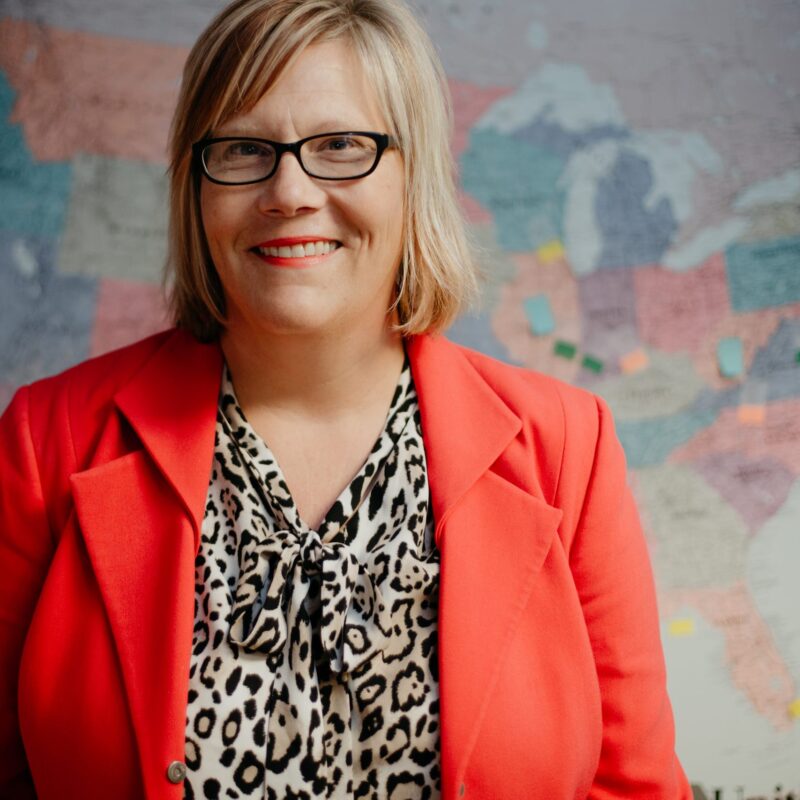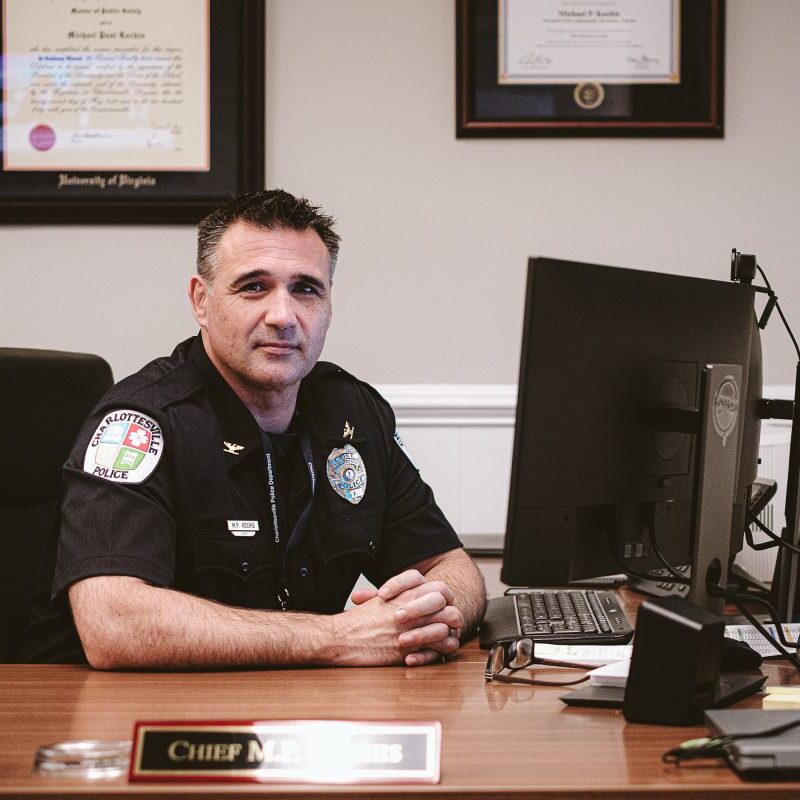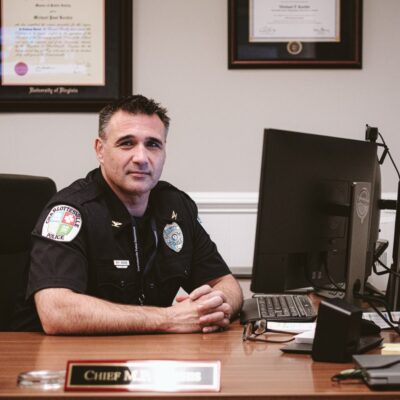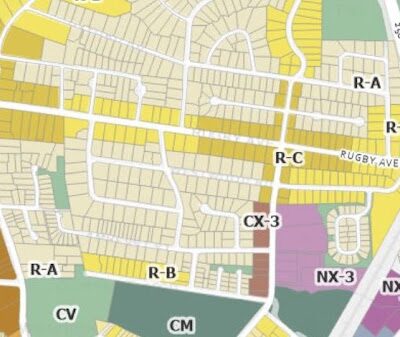“It’s a very historic event for the President of the United States to come out and applaud community colleges and praise them,” says Piedmont Virginia Community College (PVCC) President Frank Friedman.
In early July, President Obama proposed a major investment initiative that would benefit the nation’s 1,195 community colleges and the 11.5 million students enrolled in them. Under the American Graduation Initiative, $12 billion will be spent to increase graduation rates—a proposed additional 5 million by 2020—invest in renovation of campus facilities, increase student success and create a new and updated network of online classes.
|
PVCC President Frank Friedman says the hardest part of his job is to keep college accessible to everyone when resouces are shrinking. “It’s a very difficult situation when you have more and more students who need more and more classes and more services and yet, you have experienced three 5 percent budget cuts over the same period of time,” he says. |
Not since Harry Truman in 1947 has an American president pledged federal support to community colleges, says Friedman. Back then, the support benefited World War II veterans re-entering the workforce.
In the current proposal, the federal government would put $2.5 billion to spur $10 billion in infrastructure improvements that will allow community colleges to meet the needs of future students and technologies.
“He is right on track here,” says Friedman. “I know I speak for almost every community college I know that our enrollment goes up, but our facilities aren’t keeping pace. We need funding to expand and build new facilities, but we also need funding to renovate what we have.”
Although it’s too early to predict how much money PVCC will actually get from this proposal or how the money will distributed, any additional funding would be of help, says Friedman. In early July, PVCC, like UVA, was asked by Gov. Tim Kaine to provide state administrators a plan to cut an additional 5 to 15 percent from the school’s budget. “This, I believe, is the third time we have done this 5, 10, 15 percent reductions exercise,” says Friedman.
This time around, at 5 percent, about $420,000 would be cut from PVCC’s $18-million-plus budget; at 10 percent, the cut will be around $840,000 and at 15 percent, $1.2 million.
PVCC received approximately $450,000 from the stimulus package, which evenly covered earlier budget cuts.
With a 5 percent cut, Friedman says the school will be able to absorb the lost money and have “minimal impact” on the core functions of the college. “There are things we need, there are faculty we need, there are student affairs folks that we need, but rather than fill them and lay people off, we are leaving them vacant for now,” he says.
But if PVCC is asked to cut 10 or 15 percent, “[PVCC does not] have enough vacant positions to cover that kind of reduction,” says Friedman.
Where at 10 percent the impact on personnel would be “small,” at 15 percent, that impact would be “substantial.”
“We would undoubtedly have to eliminate some of our curricular programs and reduce or eliminate some of the services we provide to students,” he says.
The new reduction scenarios come at a time when PVCC enrollment is at an all-time high. In the 08-09 fall semester, 4,874 students enrolled, a 17 percent increase from fall of 2005.
More students mean more classroom space PVCC does not have. Yet, the Kluge Moses Science Building is currently under construction and is slated to be completed next March. The building will provide much-needed science lab space and will be the home of PVCC’s health care programs.
The first few months of 2010 will mark an important phase for the college. PVCC is prepping to start a few new programs: a Licensing Practical Nursing Program, radiography and sonography. “What area is hiring even now during this recession in Central Virginia? Health care,” says Friedman. “We see a great demand for our health care programs.”
However, in order to maintain the availability of classes for an ever-growing student body, PVCC has had to increase tuition. “We have seen an increase in student tuition, not really because we want to, but because it’s the only way we could have sufficient revenue to deliver to students what they need.” PVCC is currently charging in-state students $95.35 per credit hour and $277.45 for out-of-state students.
Regardless of the current status of federal and state funding, Friedman says that with the new proposal, community colleges are once again center stage.
“It’s a golden era for community colleges,” says Friedman. “This is our time. We are getting the attention that maybe we feel we have always deserved but not received.”
C-VILLE welcomes news tips from readers. Send them to news@c-ville.com.






